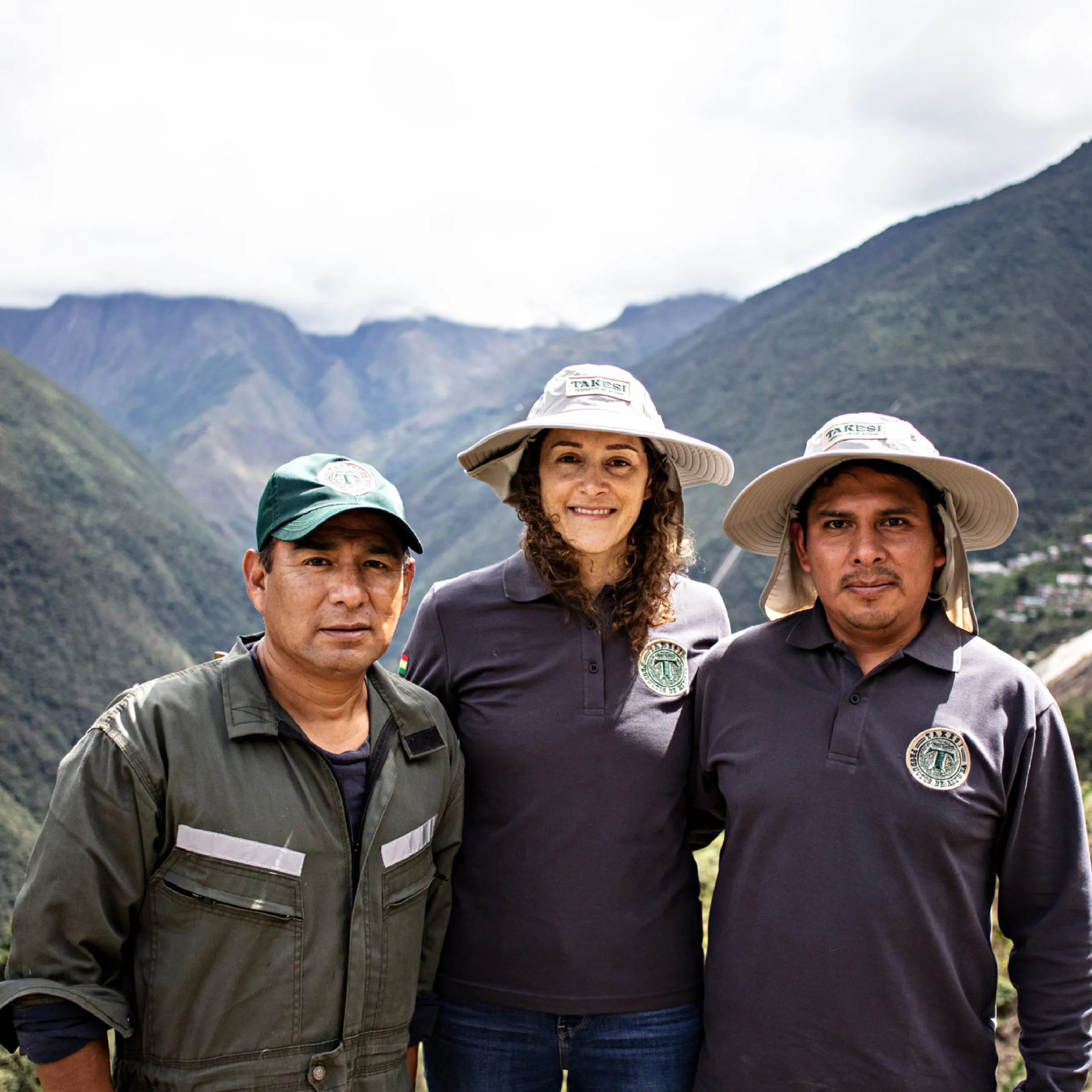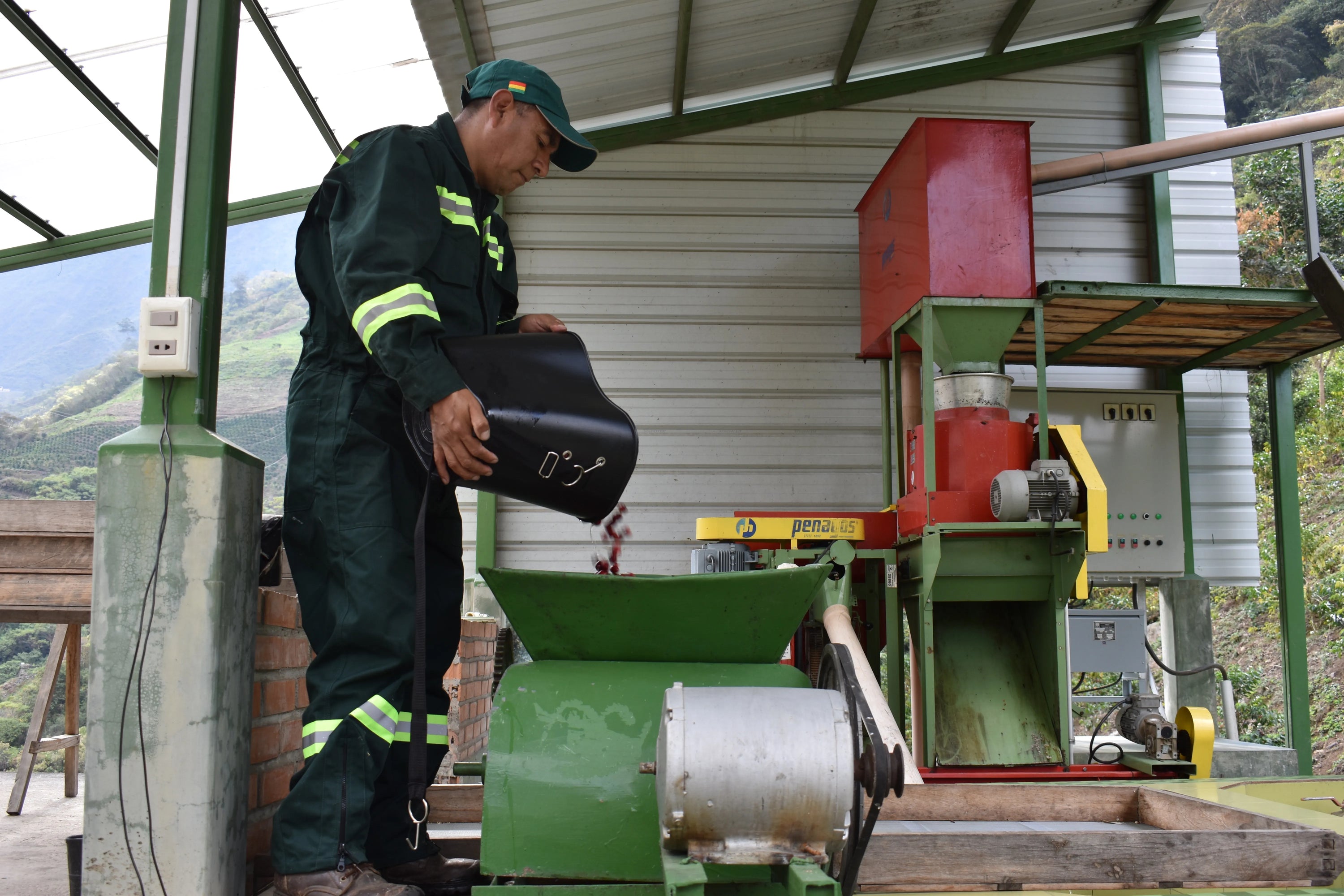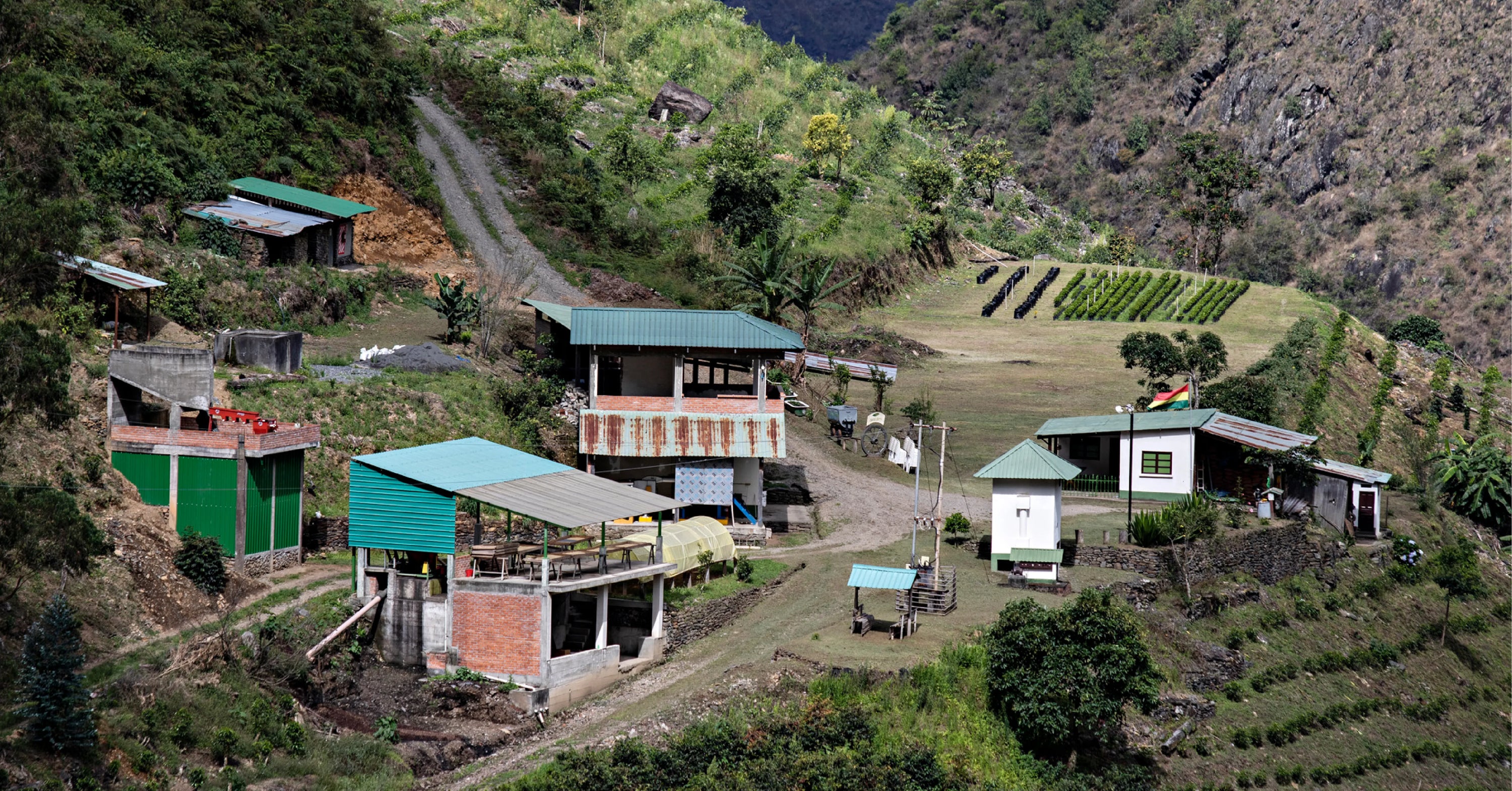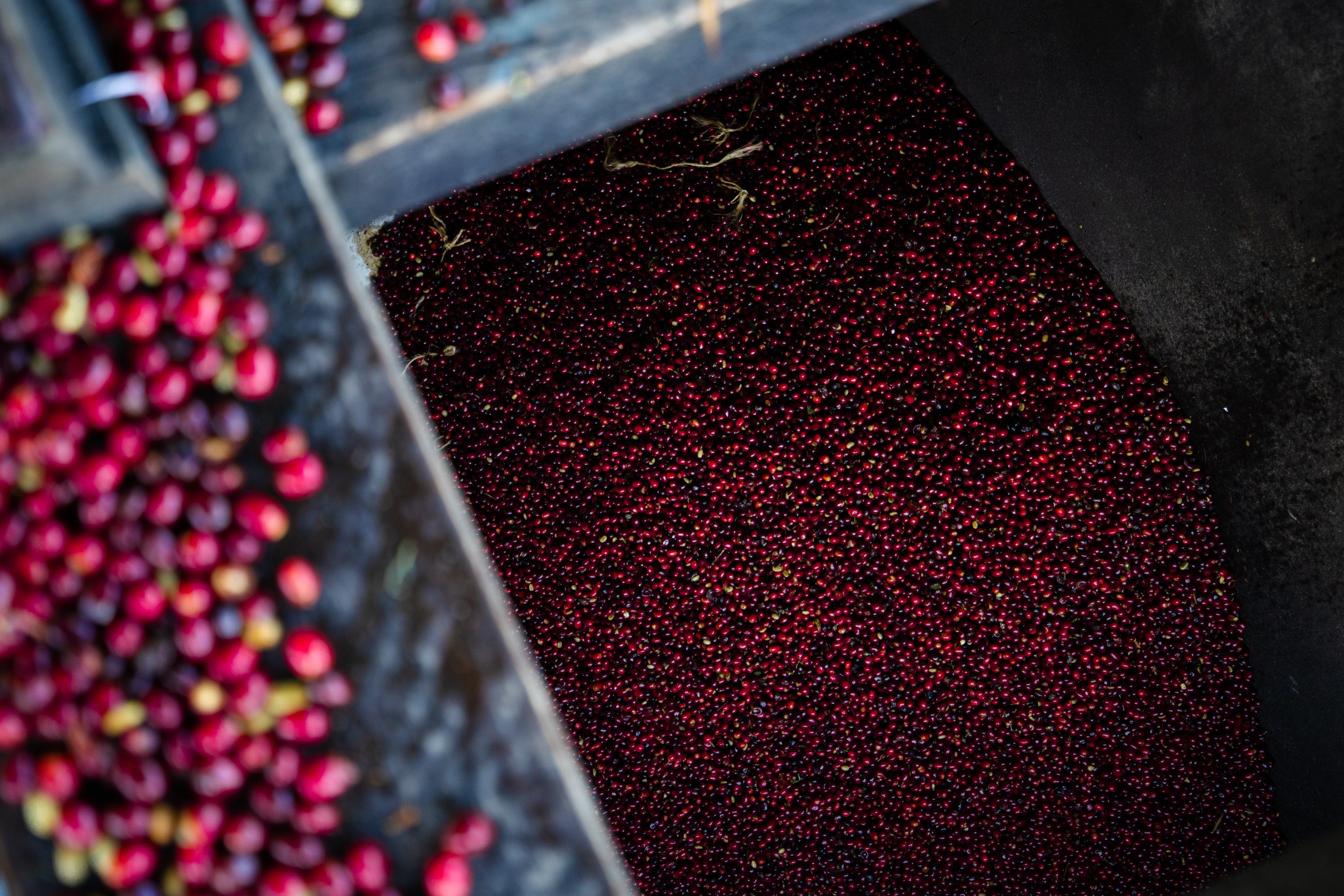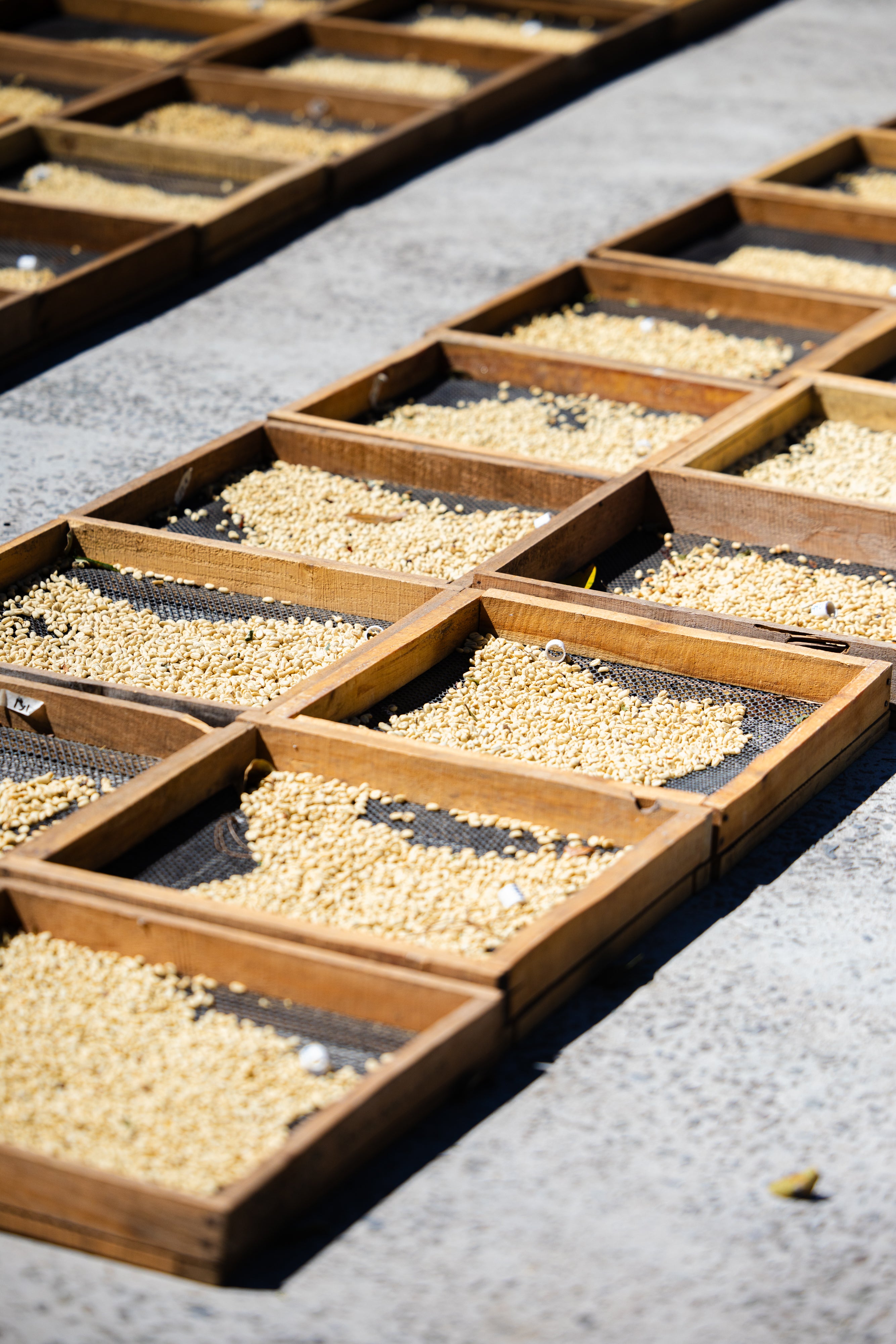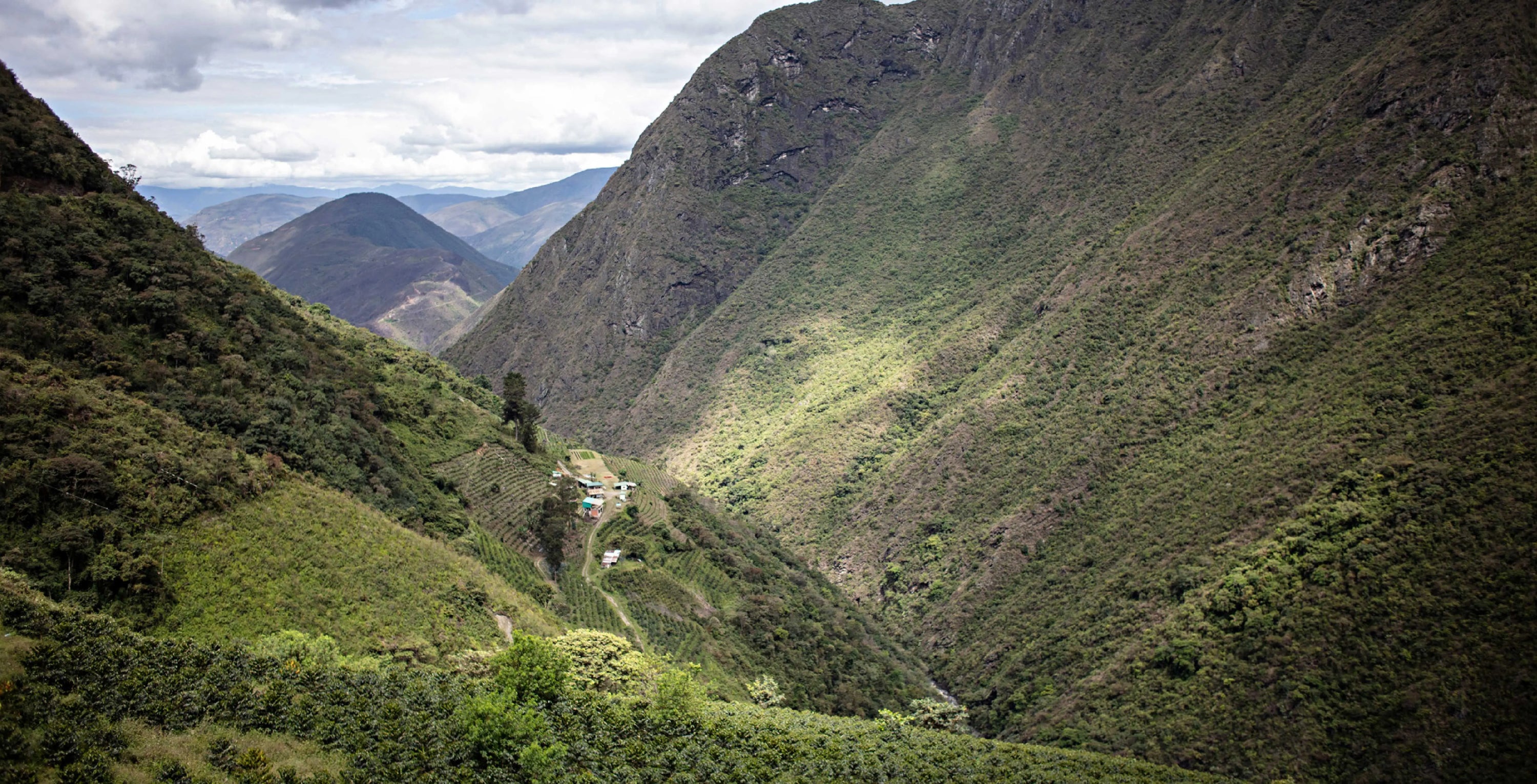
Takesi
Dieser Gesha von Finca Takesi stammt aus der üppigen Yungas-Region Boliviens und gehört zu den höchstgelegenen Kaffeesorten der Welt. Die extreme Höhenlage verlangsamt die Kirschentwicklung und konzentriert so Süße und aromatische Komplexität.
Coffee Collective
Land
Bolivia
Region
Yungas
Höhe
2300m über dem Meeresspiegel
Landwirt
Mariana Iturralde
Variation
Aromaprofil
Prozess
Washed
